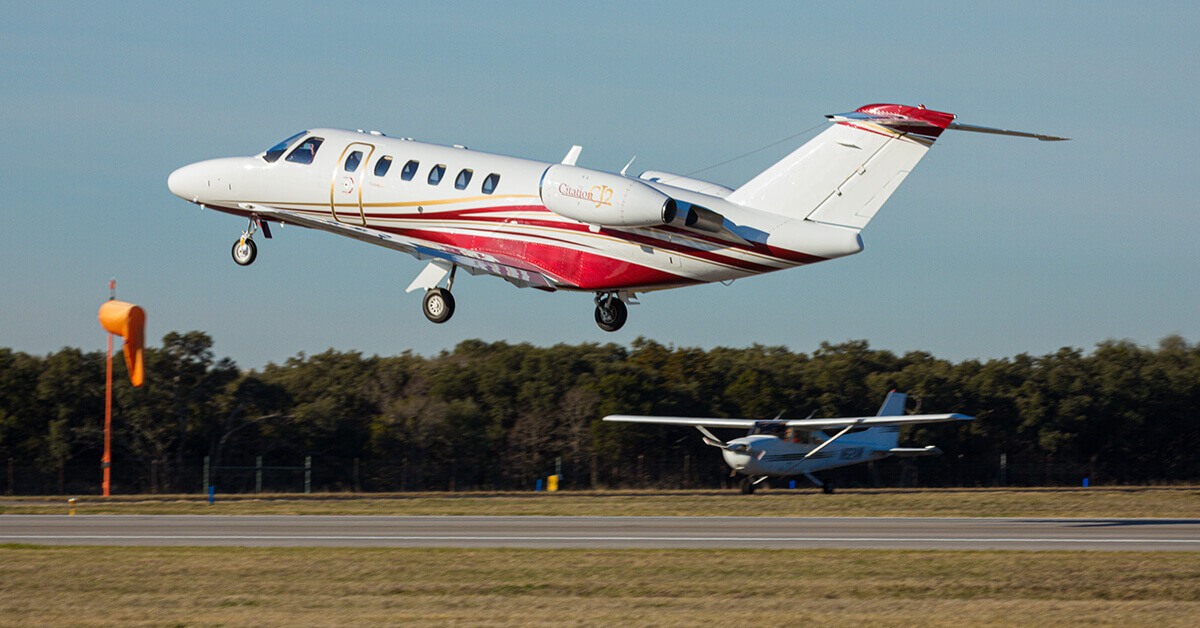
Oct. 13, 2020
Ever wonder why your clearance looks nothing like your filed route or why you received a reroute when you don’t see weather or obstacles impacting your flight? A recent NBAA News Hour webinar examined the importance of pre-flight planning and those “gotchas” when it comes to operating in the National Airspace System that could potentially be avoided.
“We’ve all been caught where after flight planning a route, we get a clearance and it’s entirely different from what we filed,” said panel moderator Heidi Williams, NBAA director, air traffic services and Infrastructure.
The panel included:
- John Kernaghan, assistant chief pilot for Johnson and Johnson
- Rob MacLeod, team lead/flight operations for Foreflight
- Ernie Stellings, senior manager, NBAA Air Traffic Services
- Marek Siwiak, flight operations specialist with Arinc Direct
“You will certainly have the data that you’re submitting with your flight plan set up for the environment that you’re flying into,” Macleod said, “but spend some time ahead of your departure preparing in case you don’t get the route you want.”
Kernaghan added that pilots need to be actively involved in flight planning, as opposed to just clicking on a previously-cleared or filed route. “There can be errors, especially if it’s a long route. It is always good SOP to have the routes loaded before you even consider leaving the chocks,” he said.
Siwiak said that even when you have a vendor doing your flight planning, it is always a best practice to get as much flight planning in as possible the night before a departure.
“There can be so much going on in the morning, and if you have your profiles, fuel loads, and desired routing in place the night before, it can be immensely helpful,” he said.
Stellings has extensive experience from the ATC side of flight planning and described a mistake he’s seen pilots make with filing the wrong time of departure.
“I’ve seen operators file 30 minutes early in case the passenger shows up early, but if those passengers show up on time, now you’re 30 minutes late, and it changes where you fall in the collaborative decision-making program,” he said. “Our advice is to always file for your actual time and departure.”
Kernaghan pointed out that when you file direct, you’re now creating more work for the air traffic controller, who is tasked with keeping you out of prohibited and restricted airspace.
“Now, the burden shifts from the pilot to the controller, who has to figure out how to get you around that stuff,” he said.


 International Business Aviation Council Ltd.
International Business Aviation Council Ltd.